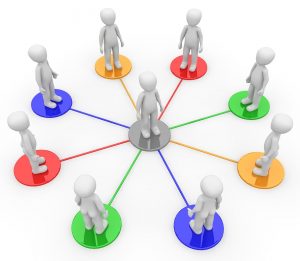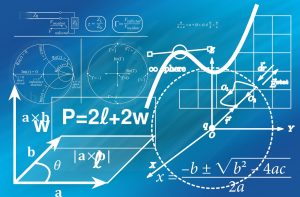
In the area of options strategy trading, it has always been a dream of mine to have a universal tool that is able to replicate any payoff function statically by combining plain vanilla products like calls, puts, and zerobonds.
Many years ago there was such a tool online but it has long gone since and the domain is inactive. So, based on the old project paper from that website I decided to program it in R and make it available for free here!
Continue reading “Financial Engineering: Static Replication of any Payoff Function”




 In
In  Networks are everywhere: traffic infrastructure and the internet come to mind, but networks are also in nature: food chains, protein-interaction networks, genetic interaction networks and of course neural networks which are being modelled by
Networks are everywhere: traffic infrastructure and the internet come to mind, but networks are also in nature: food chains, protein-interaction networks, genetic interaction networks and of course neural networks which are being modelled by  Do you cheat on your partner? Do you take drugs? Are you gay? Are you an atheist? Did you have an abortion? Will you vote for the right-wing candidate? Not all people feel comfortable answering those kinds of questions in every situation honestly.
Do you cheat on your partner? Do you take drugs? Are you gay? Are you an atheist? Did you have an abortion? Will you vote for the right-wing candidate? Not all people feel comfortable answering those kinds of questions in every situation honestly.

